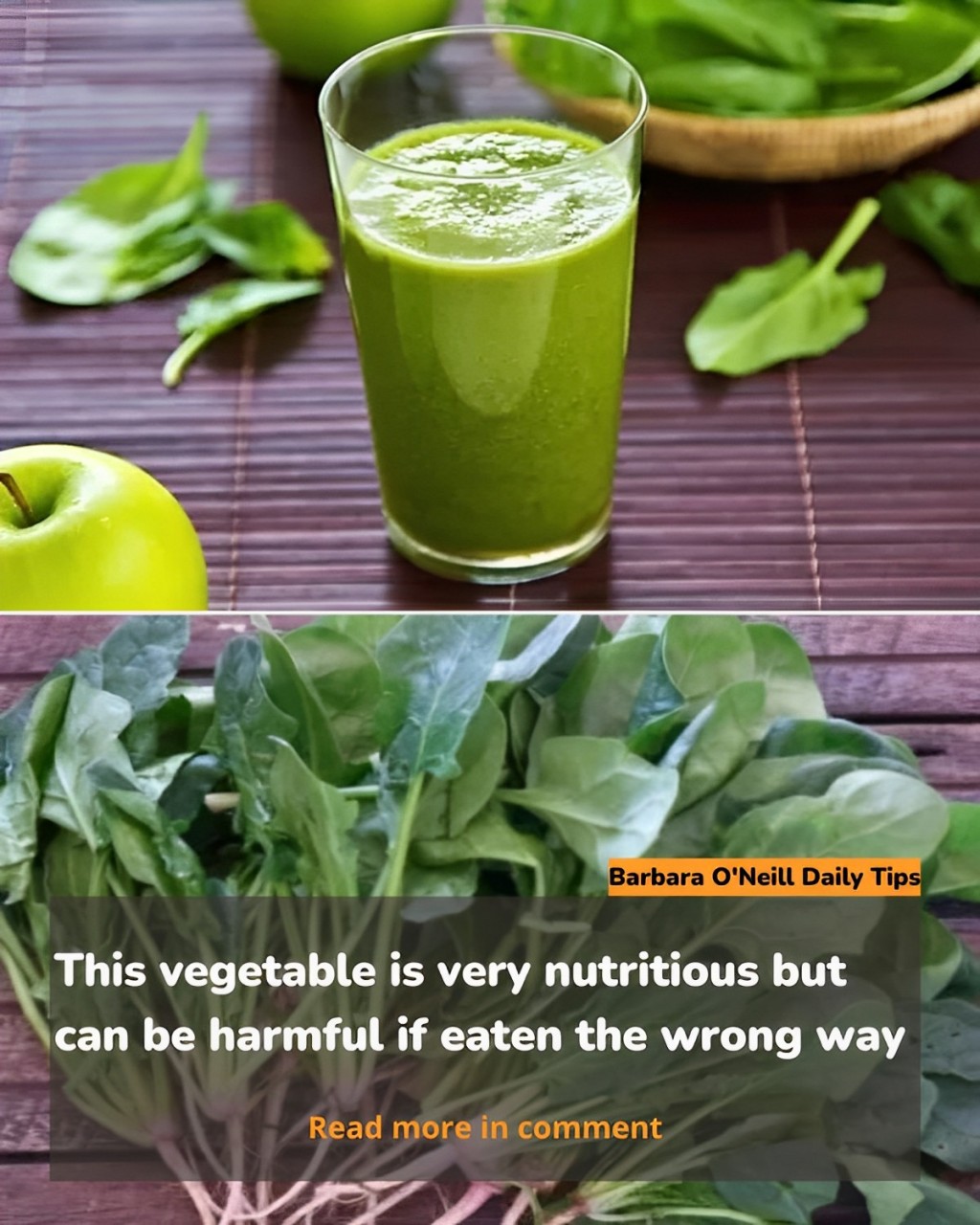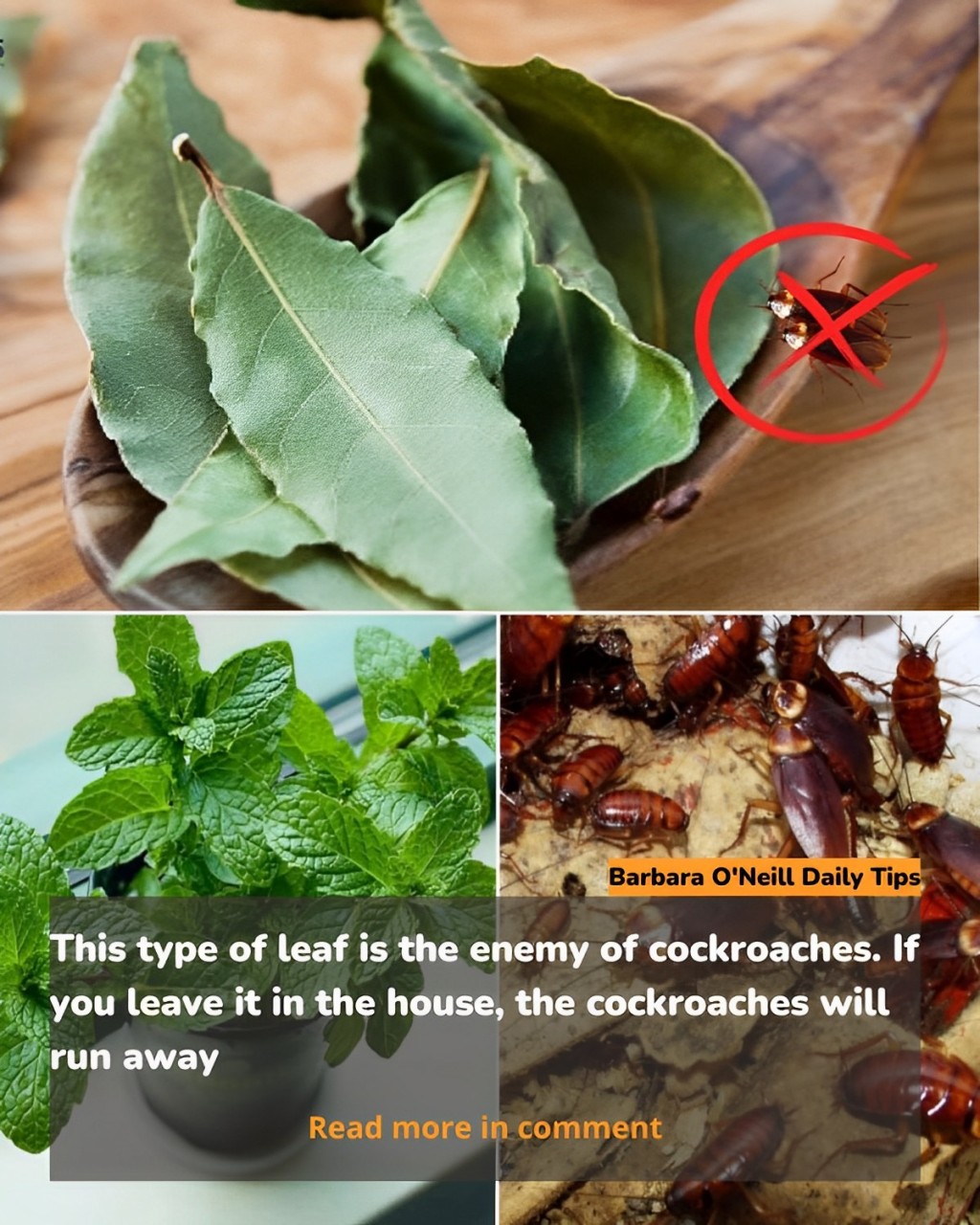However, over time, the kitchen knife’s edge will get quite dull, especially when chopping meat, which requires a lot of work. The same is true for scissors; incorrect preservation is not only harmful The scissors have corrosion and are sharp. When they are used to cut them, they become uncuttable. Compared to dull kitchen knives, they are more challenging to wield. At this point, you must sharpen the knife in order to restore its sharpness. To sharpen the knife, some buddies are going to purchase a sharpening stone. This is a sensible approach. If my home is devoid of a sharpening stone, what should I do? Curl is here to offer a technique with you: simply squeeze toothpaste onto the kitchen knife. The result is excellent. Let’s look at the detailed instructions.
After reading this, try applying toothpaste on your kitchen knife. It has such a positive effect that every household will use it.
The initial action: Remove the dull kitchen knife and the non-sharpened scissors from the house. Squeeze the toothpaste that we typically use to brush the kitchen knife’s blade by running a long strip along the blade and then spreading it a little broader with a hand to cover the entire blade. Apply toothpaste on the scissors in a similar manner. Once all of the knife’s blades have been coated with toothpaste, let it stand for five minutes. So why is toothpaste being used in this instance? In addition to acting as a lubricant, toothpaste has the ability to clean teeth after being removed and to absorb debris from the blade. You can stop worrying about the kitchen knife breaking when it’s sharp.

After reading this, try applying toothpaste on your kitchen knife. It has such a positive effect that every household will use it.
Step 2: We need to use a porcelain bowl, so we can prepare one now! Whetstones can be swapped out for porcelain bowls, and knives can be sharpened in porcelain bowls. We tip the bowl over onto the table, add a few drops of white vinegar, and then add some edible salt to the bowl’s bottom groove. The white vinegar can help to reduce the rust on the knife’s surface, while the edible salt increases friction. These two can both be used to remove rust and sharpen the knife.
After reading this, try applying toothpaste on your kitchen knife. It has such a positive effect that every household will use it.

Step 3: After that, take out the kitchen knife and coat it with toothpaste. Using one hand, hold the porcelain bowl and rub the knife from top to bottom. Make sure the center of gravity of the knife is always pointing in the same direction and does not move back and forth, causing friction. Continue rubbing on the second side in the same way and for roughly the same amount of time as you did on the first side after rubbing it for a minute or two. Sharpen the scissors after you’ve done the kitchen knife. Likewise, you shouldn’t be concerned about breaking the blade. The toothpaste keeps the knife from wearing out, but we shouldn’t sharpen it for an extended period of time! It takes little more than two spoons of water to sharpen the knife.
After reading this, try applying toothpaste on your kitchen knife. It has such a positive effect that every household will use it.
Step 4: Use the sharpened knife to get water under the faucet to wash away the toothpaste and other stains. You’ll discover that the rust on the top side has vanished after washing it. The blade appears extremely sharp and is as clean as new. You are now welcome to sample some meat. It indicates that we have completed the sharpening process if you can cut it without any effort. Meat and paper shells can be readily sliced with the same scissors. In other words, our scissors are now sharp!






